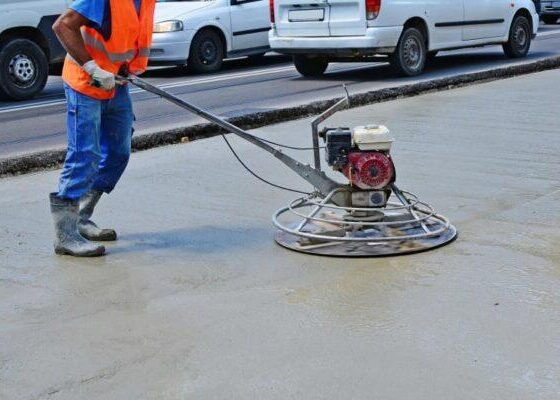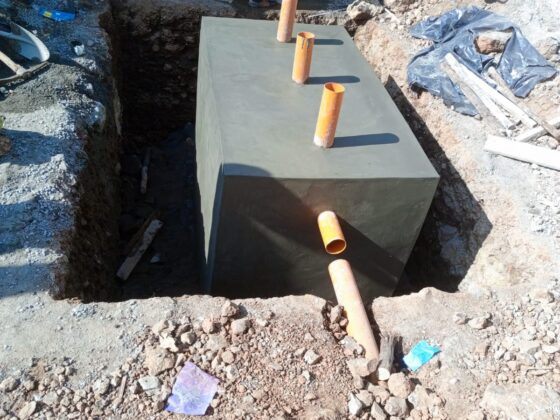Mix ratios / Mix designs are the ratios that give the amount of materials, ie. Cement, smooth aggregate(Sand), and Coarse aggregate (Ballast/Kokoto). The design mix varies from one class to the next. The easiest way to explain this is that the amount of cement in the mix increases as the Classes also improve in strength which is attained by reducing the amount of aggregate utilised. Generally, increasing the cement increases the strength of the mix.
Concrete class/ concrete grade is an indication of the strength that a concrete attains after maturity. In most cases the strength is measured at 28 days since concrete usually achieves around 99% of its strength by this time despite the type of concrete mix.
Concrete mix/grades are measured by conducting compressive tests on cubes of 150mm by 150mm by 150mm that have been curing for 28 days for optimum strength. The C in Kenya is commonly taken to denote class. The ratios represent Cement: Smooth aggregate (sand) : Coarse aggregate (Ballast)
Here are the common and reliable mix ratios for Kenyan design Mixes.

For batching purposes, for example for Class 20, 1 is usually half a bag of cement, 2 is 2 buckets of sand and 4 denotes 4 buckets of coarse aggregate (Kokoto). Note that the ratio of water to cement is usually generally 1:1. However this is determined on site based on the workability required. Care should be taken not to add too much water as this reduces the strength that is attained by the concrete.
It is also important to know that these assumes that a bag of cement is 50Kg and therefore, one should ensure that the bag has fully attained this. Note also that varying types of sand; i.e river sand, quarry dust, black sand have varying strength results with rivers and providing the best mixes in that order.
Various concrete classes have different uses. In Kenya, these are the common uses:
C15 – Not considered structural concrete, used mostly for blinding.
C20 – General concrete uses, eg slabs, that do not carry a lot of load
C25 – C35 – Most commonly used structural concrete, for slabs, columns and beams.
C40 – Onwards, used for structures that require very high compressive strength, eg, Bridges, columns, concrete roads etc.
For people opting to use dust in place of sand, note that there is need for some adjustment to these formulas in accordance to the guidance of a structural engineer/materials engineer. Usually, design mixes can be provided by structural labs. If unsure about the strength that can be achieved by your mix, don’t hesitate to create a trial mix.
Note that these should only be used under advice from a local structural engineer. Read more on how to build on black cotton soils if you live in an area with the expansible soil and need solutions for your foundations.
If you are looking for small functional home designs, here are 2 Bedroom designs you can build for less than 1.5 M.
Hope this read has been useful, build Wisely!
Au2025











1 comment
Would like to More about the shatters , especially the structural part of it.